The Pax Edo
The Early Edo Period was a time of newfound stability for the formerly chaotic Japanese archipelago. Although the samurai were the official ruling class of the nation, however, in many ways they were not the principle beneficiaries of the new national status quo.





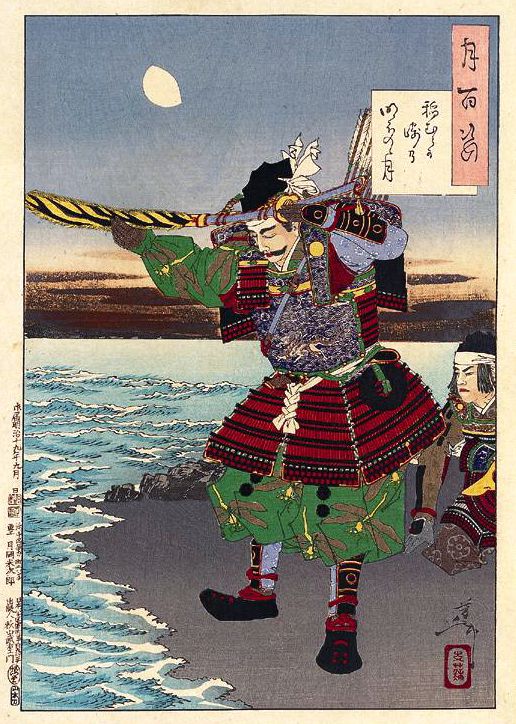
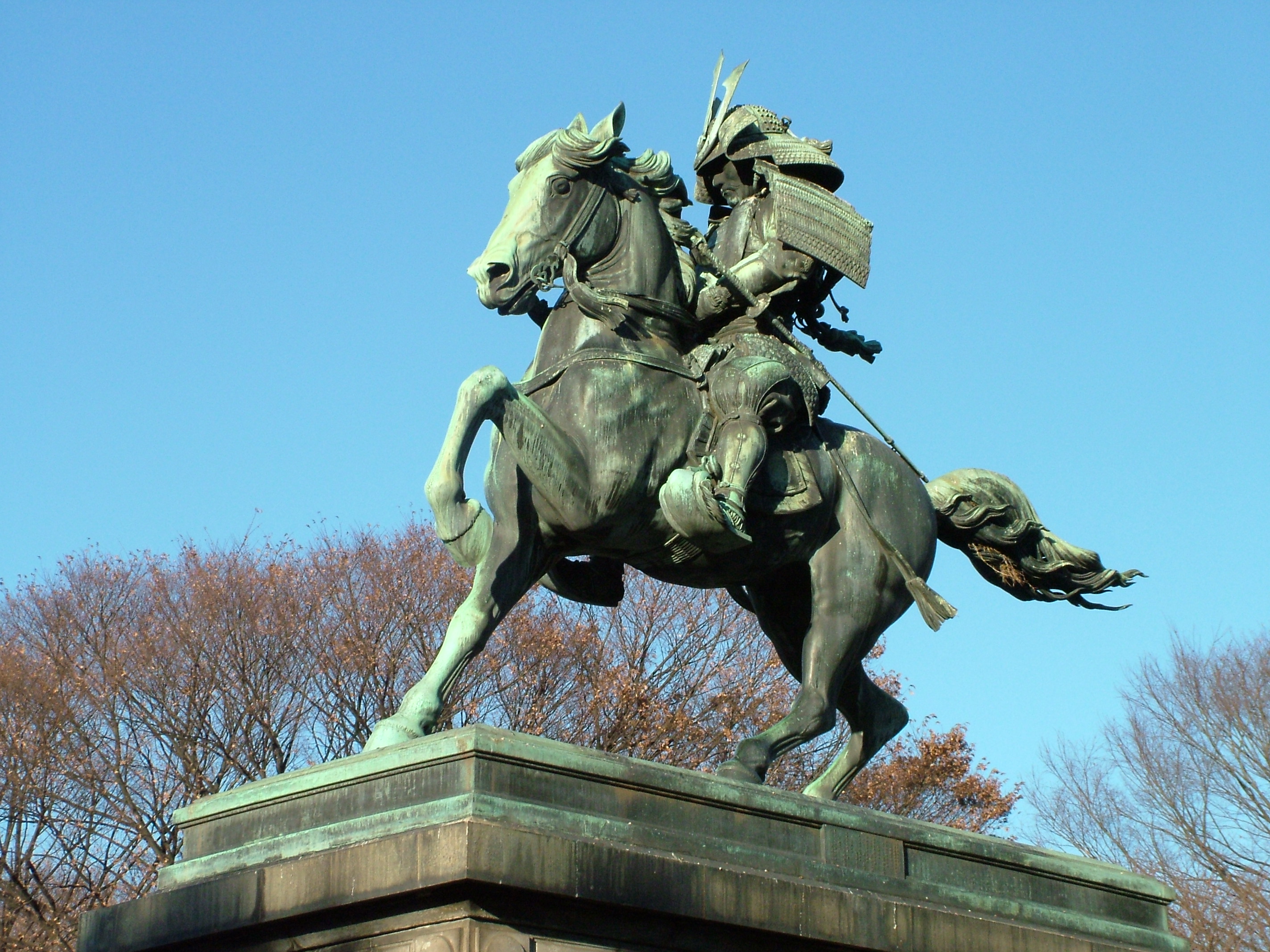


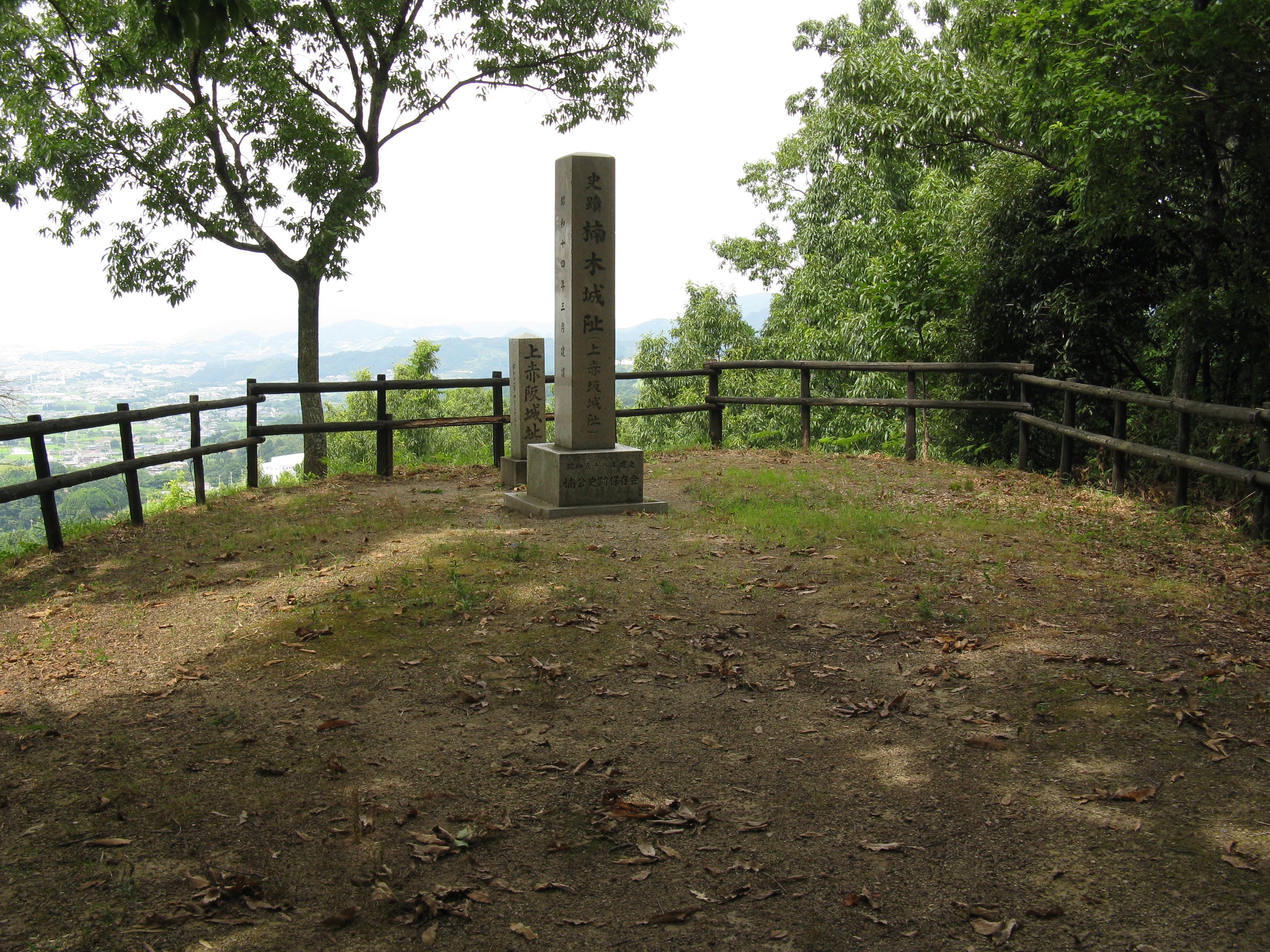






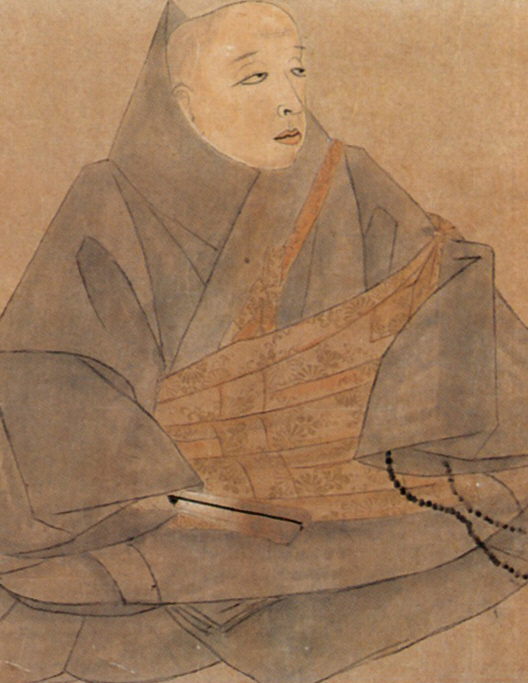



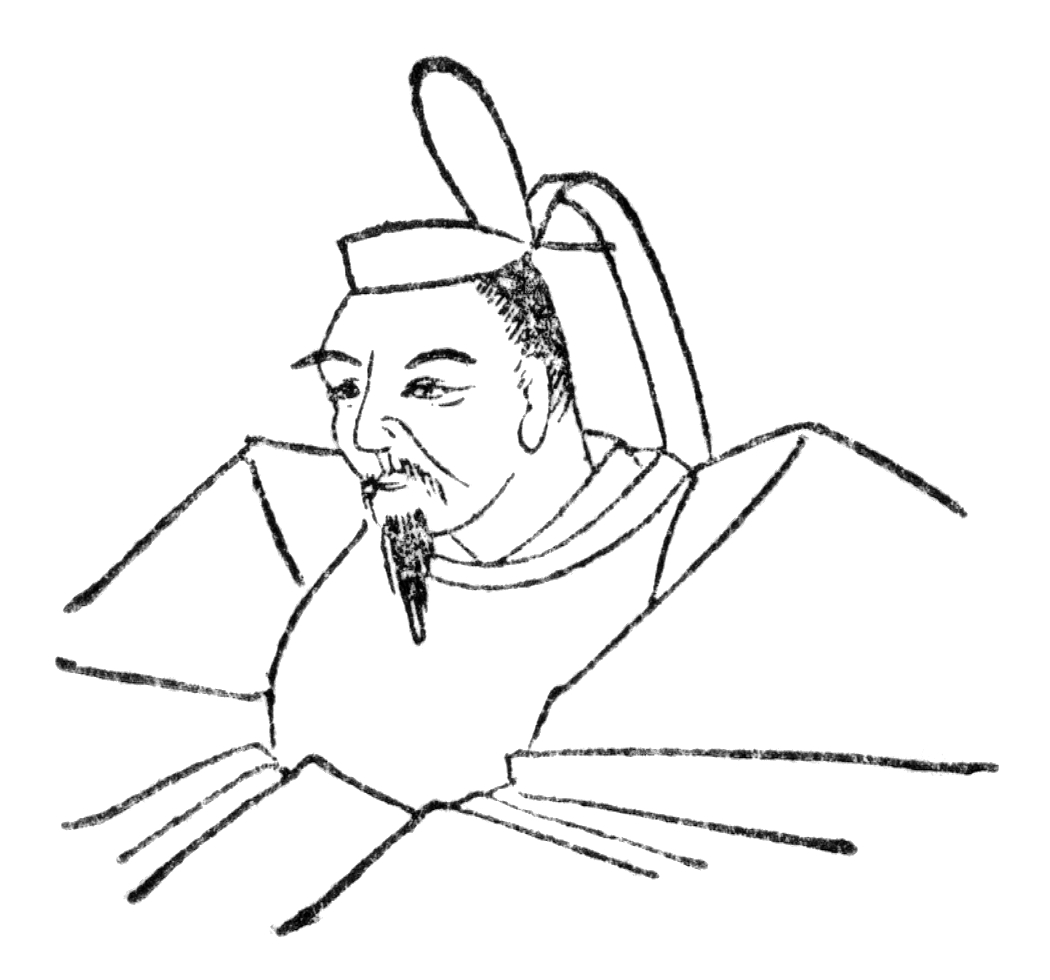


Recent Comments